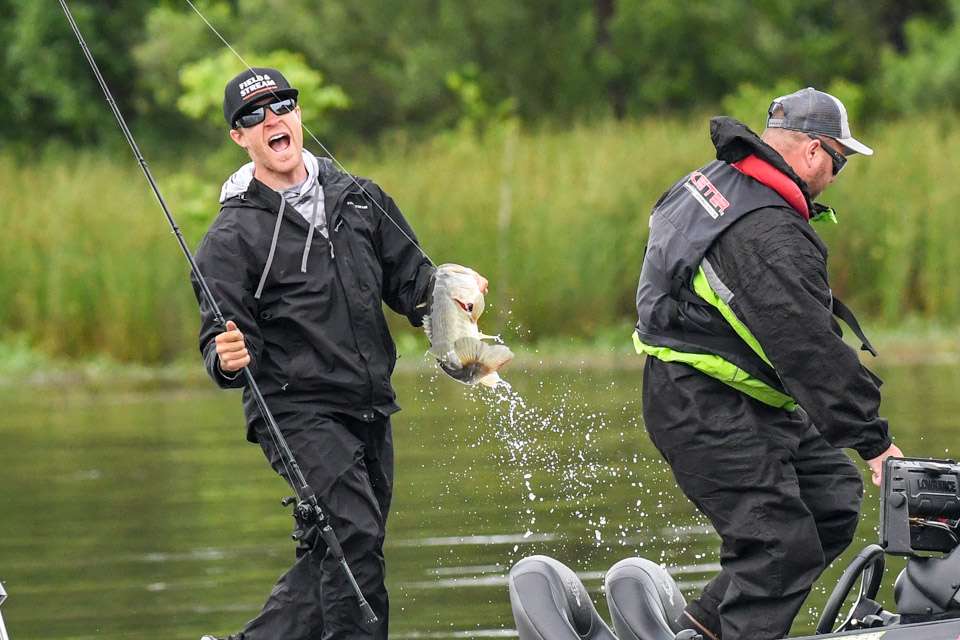
Lowrance just came out with LiveSight forward facing sonar that lets you see fish and lure movements in real-time. Since this technology is new to me, I need to experiment with it on the water to learn how I can benefit from it.
That means I’ll have to put my rods down and forget about catching bass so I can concentrate on mastering LiveSight. There’s no doubt that this technology will help me find and catch more bass.
Whatever type of electronics you have, it’s imperative that you take time out from fishing to truly learn how to get the most out of them. You can have all the technology in the world, but it won’t help you catch bass if you don’t know how to use it.
Whenever I need to learn a new sonar technology, I start by going to something I’m familiar with. When I first got a side viewing graph I went straight to a bridge piling. Because I knew how big the pilings were, the way they looked on side viewing gave me a good gauge of how far away and how big things would look on my graph.
I also did the same thing with dock pilings, fallen trees and any other familiar object that would help me understand what side imaging viewing was showing me. This is essential information, and it formed a solid base of knowledge to expand on.
The same is true with 2D and down viewing sonar. Pros who truly excel with these technologies not only find offshore structure with it, they find schools of bass as well.
The small Ohio lakes I grew up fishing don’t have schools of bass. I learned how to see schools of offshore smallmouth with my electronics on Lake Erie. Now I can visibly mark smallmouth bass off points, humps and rock piles and turn around and catch them.
I learned how to see schools of largemouth bass on Pickwick Lake and other Tennessee River impoundments. I often get asked what a bass looks like on a graph. It’s something that’s hard to explain. You really need to go out and work with your electronics to learn this.
Once you have a good understanding of what structure, objects and fish look like, it’s time to play around with the settings. Today’s electronics perform well out of the box with their factory settings. But it is important to tweak the settings to your specific preferences.
Start by experimenting with different color palettes. Everybody’s eyes are different. You might see things better with something other than the default color palette. Everything really sticks out for me with an orange and yellow color palette.
I generally leave the contrast set on auto and the frequency at 800. I usually nudge the sensitivity up a bit. I don’t mind a little clutter. I want to be sure I don’t miss anything. Some guys don’t want any clutter. Do whatever works for you.
I set the side viewing distance at two to two and a half times the depth. If I really want to see fish, I set the distance at 50 to 60 feet on each side. It’s hard to see fish at side viewing distances any farther than that.
I haven’t fished with Lowrance’s LiveSight yet, but I did experiment with it at a small Ohio lake. The first thing I did was see what bridge pilings looked like with LiveSight. I’ll get on Lake Erie with LiveSight as soon as I can to see what bass look like.
Taking two or three days now to master LiveSight will help me catch bass with it years down the road. The same is true of whatever electronic technology you have on your boat.

